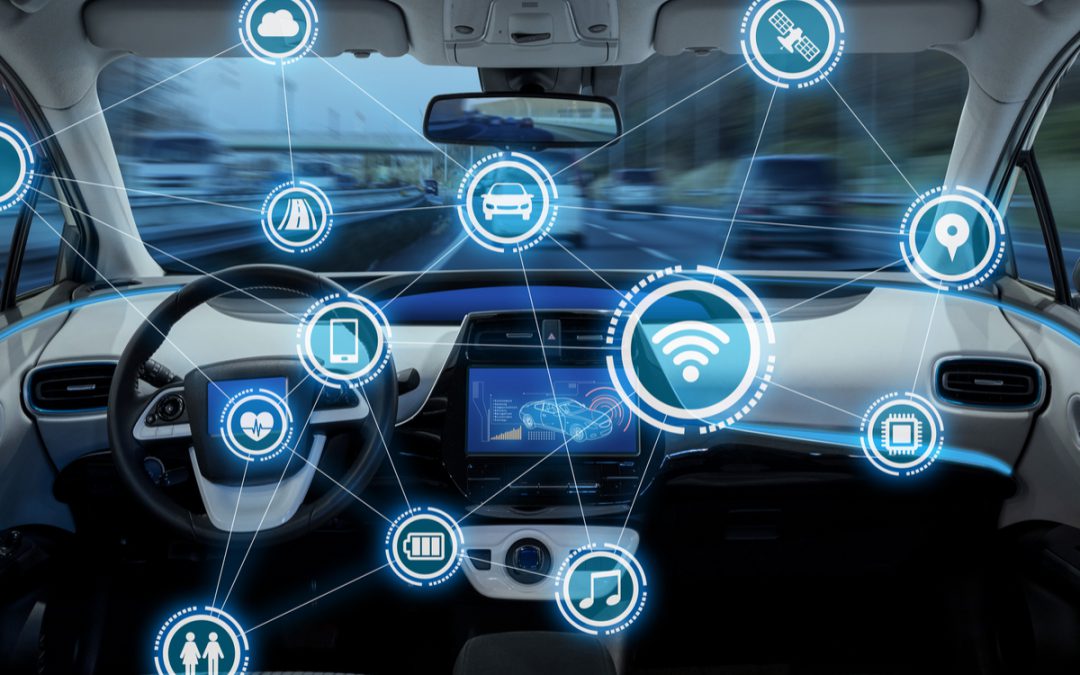Smart VTS
Response to the COVID-19 pandemic and the recovery path is necessitating a “new normal” mandating improvement of mass transport governance and the implementation of innovative solutions to bring in increased safety and efficiency for passenger-friendly, modern and safe operations. The adoption of Smart VTS in the mass transportation sector has opened up a whole range of new possibilities for improving access to transportation-related information, enhancing the safety of transportation, and improving transportation system monitoring and management.
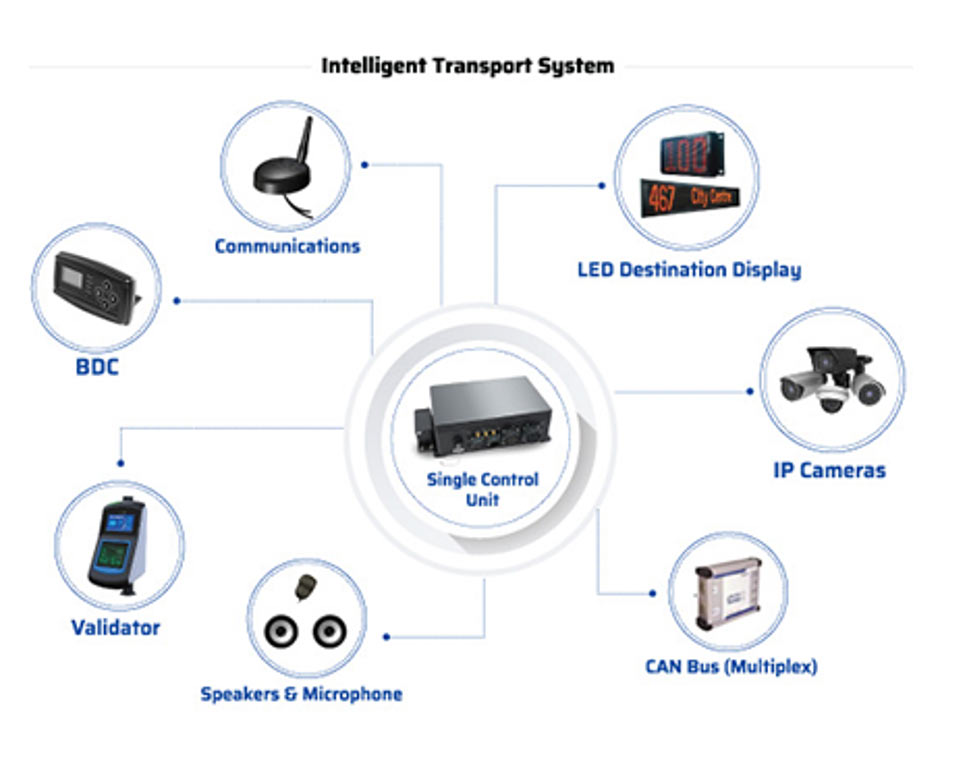
A complex transportation network deserves a simple and sophisticated communication system for the passengers traveling. The Intelligent Transportation System (ITS) is multifunctional and helps drivers and passengers throughout the journey. Designed to aid private and public transport organizations in the railway, metro, and bus transport sector, this smart transportation system functions to ensure convenience to commuters.
The solution of transportation management system includes an onboard coach processing unit, passenger information system, GPRS / GSM, video surveillance (CCTV), and GPS-based internal and external vehicle displays for passengers. A back-end dashboard and hardware integrated solution ensure an all-around solution for easy transit. This serves as a centralized live feed to vehicle drivers and has an option for Vehicle tracking and Health Diagnostics.
The core of the ITS is a Single Control Unit (SCU) with a Bus Driver Console (BDC). The Passenger Information System (PIS) includes basic informative signboards with smart features. The automation helps by saving time for fleet owners and eliminating confusion for passengers. It informs and guides passengers through current and approaching stops throughout the journey along with other important information such as safety information and advertisements.
The LED display boards can be viewed at night as well as in daylight and are GPS enabled. The Display Ability includes scrolling text, random text, numeric, date & time, and animated text – with multilingual capabilities. The LED display boards are weatherproof, highly durable, and have a low energy consumption. These can be easily installed on the inside and the outside of buses, trains, and metros.
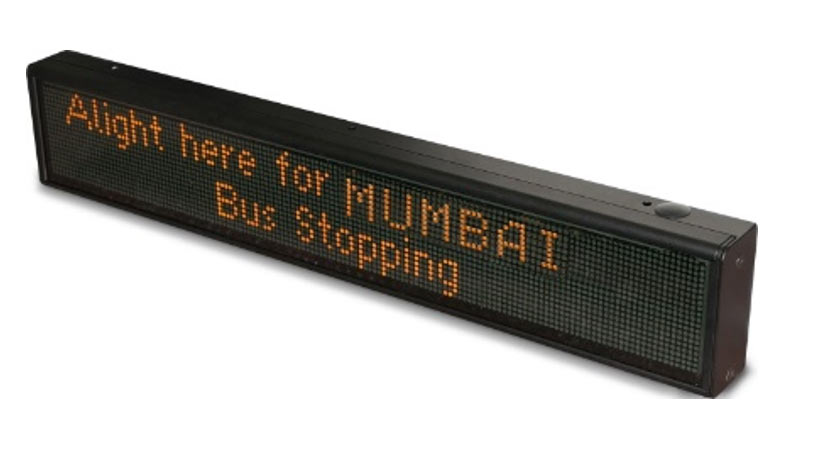
CCTV Surveillance System in Buses (as per IS16833 & UBS II) includes an Internet Protocol Camera (IPC) that is compact in size and lightweight. It automatically controls shutter speed, white balance, contrast, brightness, saturation and other parameters, which has an excellent performance in colour reproduction. It offers a reliable HD surveillance solution for various vehicles. The main features include 1920×1080 resolution and support WDR and white balance. The gain control image is easy to store and deal with IP66 (without audio) and IP65 (with audio). The IPC is anti-vibration and vandal resistant.
The Intelligent Transport System serves as a centralized live feed to the vehicle drivers and the central control station to enable a safer transport process. It aids decision-making in real-time through various analytic sensed and transmitted to the personnel in charge.
Passenger count is valuable data for public transport companies. Based on current and updated passenger numbers, transport companies keep track of transport demand and can react flexibly. The automatic Passenger Counting (APC) System is based on sophisticated sensor technology for accurate passenger counting. The sensors for Automatic Passenger Counting work according to the time-of-flight (TOF) principle.
This means that the propagation time of invisible infrared light is measured. The sensors emit light, and objects in their field of vision reflect it back to the sensor. The sensors base their measurement of the distance to the objects on the light propagation time (time of flight). This yields informative 3D images which can be evaluated reliably and fully automatically.

TOF technology enables extremely accurate measurements of persons as well as baggage and objects. Time-of-flight sensors are developed for permanent and long-term use in public transport. Environmental influences like changing lighting conditions, temperature variations, and humidity in buses or trains do not affect the light propagation time. Public transport companies benefit from precise and sturdy high-tech sensors that operate efficiently and reliably.
This technology is the leading technology in Automatic Passenger Counting which provides multiple benefits:
- Reliable determination of passenger load – Connection to the onboard computer allows further real-time processing of the data collected. This means a wide range of options for improved planning, optimisation, and evaluation of the entire traffic network for transport companies.
- Passenger counting for optimum vehicle frequency – The combination of historical data and real-time calculations makes passenger flows more transparent. Accordingly, vehicle frequency can be optimally planned and flexibly adjusted throughout the network using the data from Automatic Passenger Counting.
- Flexible adjustment of vehicle capacity – Long-term passenger counting allows public transport companies to optimally adjust their vehicle capacities to transport volume. Are articulated buses or minibusses necessary? How many metro/train units must be deployed, and on which line? In this way, transport providers can adapt even on short notice and adjust capacities to meet the actual demand.
- Vehicle equipment in line with passenger requirements – Thanks to advanced and sophisticated technology, Automatic Passenger Counting provides more data than just passenger quantities. The sensor system reliably distinguishes between baggage and transportation-related objects such as wheelchairs, bicycles, and strollers. This enables more reliable determination of the space required in the vehicle as well as the implementation of wheelchair access ramps as required.
- Efficient optimization of routes – The data from Automatic Passenger Counting form the ideal basis for efficient route optimization. The passenger numbers from each vehicle can be aggregated easily. This helps public transport companies recognize transport demand in good time and virtually simulate adaptations on the network level.
- Revenue determination – Modern systems for passenger counting work around the clock and are cost-efficient and highly accurate. Adults, children, wheelchairs, strollers, and bicycles: The 3D sensors collect differentiated data on the transport performance of a public transport company in line with international standards, providing the basis for accurate revenue determination based on said performance.
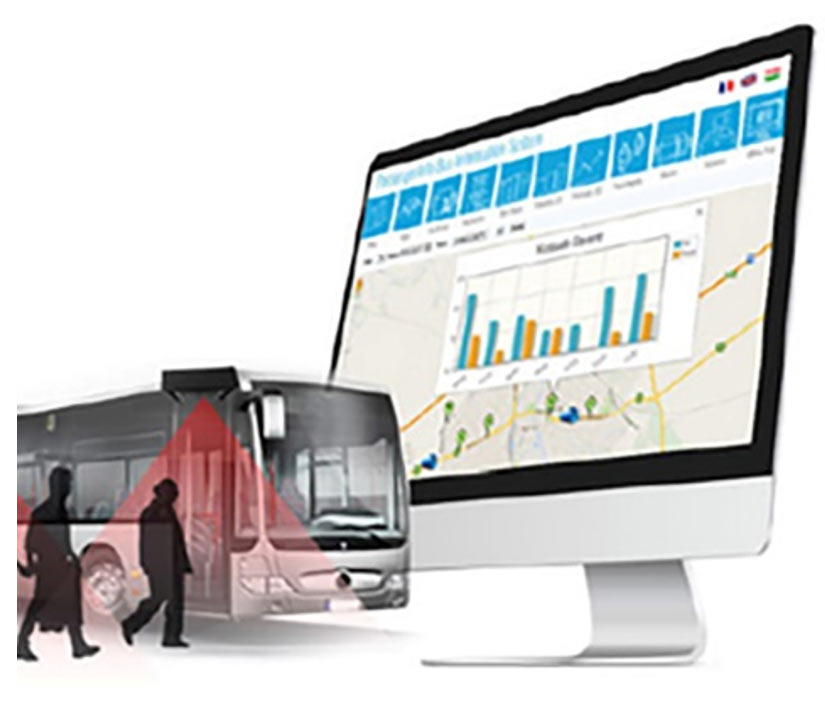
Smart VTS has a new vehicle safety paradigm that introduces an image recognition camera that detects lanes and vehicles on the road. Advanced Driver Assistance System (ADAS) is used to detect complex situations in front of the vehicle and provide early warnings, such as lane departure warnings and collision warnings in real-time to reduce the driving risks.
- Lane Departure Warning System (LDW) uses a computer vision algorithm to provide reliable lane detecting performance in various road conditions. LDW recognizes different types of lane markings such as solid, dots, double markings as well as different colors: white, yellow, and blue. The application alerts the driver with sound and visual warnings when the vehicle departs from its lane unintentionally or provides early warning when the vehicle goes within a preset distance of lane marks.
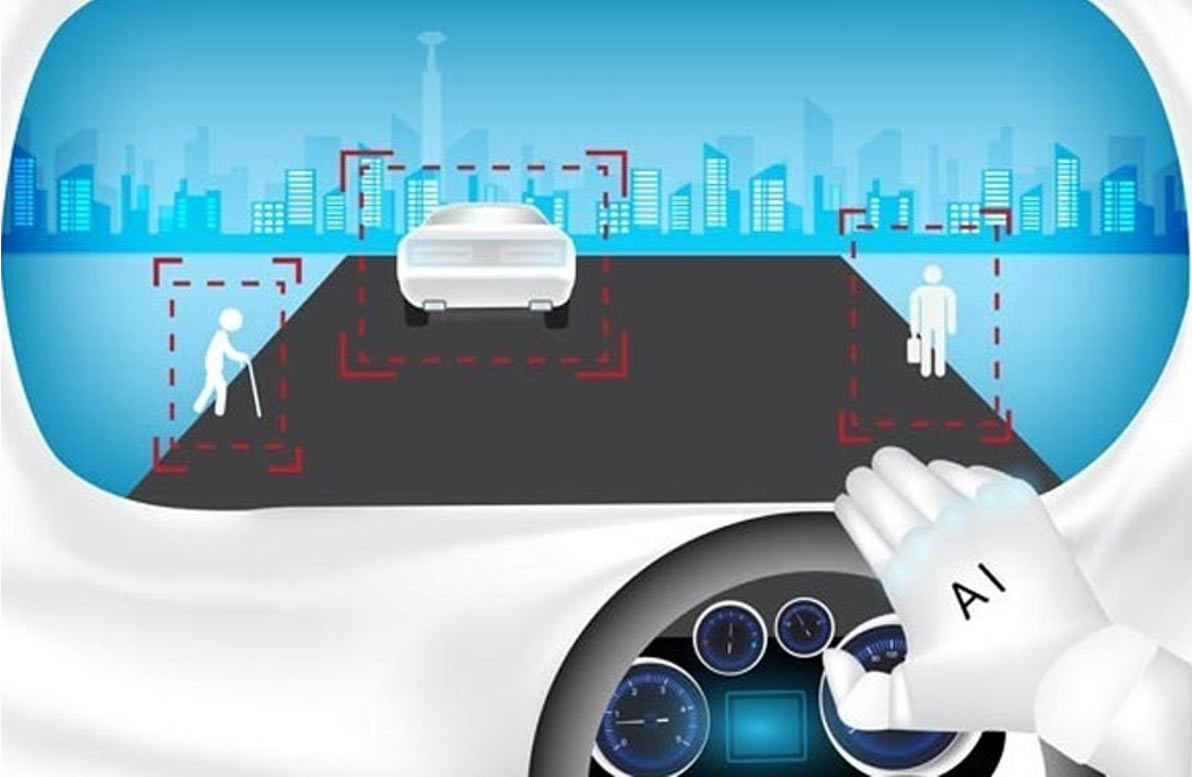
- Forward Collision Warning System (FCW) uses a monocular vision camera installed on the windshield and a color image sensor with a robust algorithm developed for various driving conditions. The system recognizes vehicle and non-vehicle images through the algorithm and calculates distances and relative speed for Time To Collision (TTC). It alerts the driver with sound and visual warnings when the host vehicle is approaching a vehicle ahead too quickly or where a potential collision exists.
- Forward Proximity Warning (FPW) notifies the driver when there is a vehicle existing in the detection range.
- Pedestrian Collision Warning (PCW) provides the driver with a warning in critical situations when there is a pedestrian existing in front of the vehicle’s pathway.
- Front Vehicle Start Alarm (FVSA) notifies the driver if the front vehicle starts to move forward from 0 speed (complete stopped status) and the host vehicle is not moving within 2 seconds.
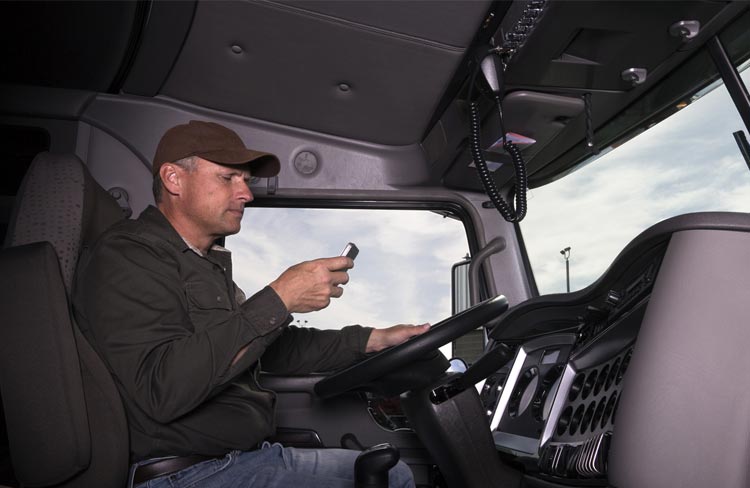
Driver Fatigue/Status Monitoring System is a driving auxiliary warning system that is based on machine vision technology to detect driver’s abnormal driving status. It can help detect and alarm various conditions including fatigue, distraction, smoking and making a phone while driving.
Driver drowsiness, fatigue and distraction at the wheel are often the cause of serious accidents worldwide. According to the global status report on road safety, road traffic crashes represent the eighth leading cause of death globally. As ADAS technologies become mainstream, automotive, and fleet management
organizations are challenged with addressing this humongous safety issue arising due to driver drowsiness and distraction. Driver Status Monitoring System, using a single low-power in-vehicle camera and advanced vision technologies, provides reliable detection of driver drowsiness and distraction, alerting the driver to reduce the chances of serious accidents and thus providing a safer and comfortable drive.
The System supports IPC resolution 720P & 1080P and 940 supplement light. It is IP54 waterproof and has a dust-proof design. The System includes driver calling detection alarm, driver smoking detection alarm, driver fatigue driving alarm, and driver abnormal alarm (when there is no driver or driver does not sit at the right place).
With lesser areas available for parking, drivers need to have an advanced guidance system for parking the vehicle in reverse gear. Reverse Parking Assistance System (RPAS) helps cover that ‘blind spot’ by avoiding accidents. Smaller spaces for parking come with dangers of obstacles behind the vehicle – columns, barriers, people standing, or even bushes and hedges.
This reverse parking system uses computer processors which are connected to the vehicle’s sonar warning system feature, backup camera, and two additional forward sensors on the front side fenders. The system provides a feeling of safety for both the driver and the passenger.
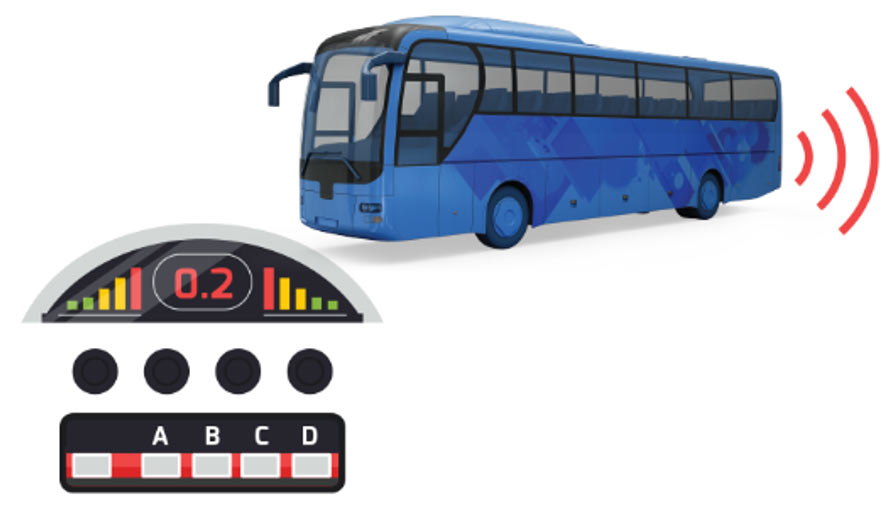
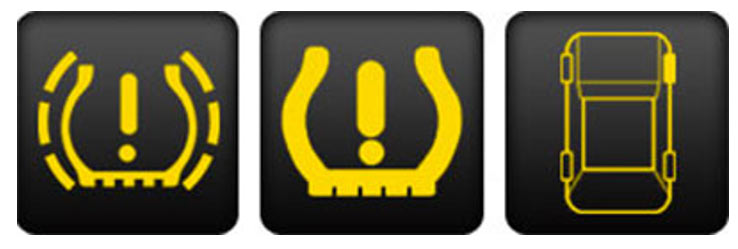
Tyre Pressure Monitoring System (TPMS) is an electronic system in your vehicle that monitors the tyre air pressure and alerts you when it falls low. Direct TPMS uses a sensor mounted on the wheel to measure air pressure in each tyre, whereas the Indirect TPMS works with your vehicle’s Antilock Braking System’s (ABS) wheel speed sensors. It notifies you when your vehicle’s tyre pressure is low or is going flat.
A Universal TPMS is suitable for all kinds of vehicles. It provides tyre pressure & temperature and battery information. The TPMS sensors work both on a Display, or in an App. The units of pressure that are generally displayed can be switched between kPa/bar/psi. For bus/trucks, the TPMS can be programmed for up to 27 tyres. TPMS can also be embossed in the rear-view mirror of the vehicle.

Planning and Scheduling System is a comprehensive, integrated, intelligent information system for designing transportation networks and optimal construction of timetables ensuring efficient transportation and passenger-friendly, modern transport system. Optimization tools based on advanced mathematical methods allow achieving the best result at every stage of the process. Optimization enables significant cost reduction and keeping the cost at the lowest possible level.
The System is designed to smoothly, safely, and efficiently work in a distributed environment by mapping the carrier’s organizational structure. The central license server manages user access to application servers and databases. The database server manages the data ensuring constant access to the data for all users and at the same time secures the consistency of the record and the security of information.
The idea of introducing modern mobile technology to transport serves to eliminate impractical paper waybills and other documents (such as paper timetables or crew rosters) and replacing them with manual verification and editing carried out using automatic means and intelligent operation of the IT system. The System features mobile touch devices (smartphones and tablets) including an intuitive application integrated with the dispatching system, and therefore many unnecessary manual administrative tasks performed so far by drivers can be either eliminated or automated.
About the Company
Masstrans Technologiies Private Limited offers smart solutions for Intelligent Transport, Urban and Highway Traffic Management, Road Safety, Parking Management, Smart and Safe Cities. Since 1991, Masstrans has been successfully delivering the best solutions for the Transport Industry. Equipped with in-house designing and manufacturing, Masstrans has been at the forefront of redefining smart solutions. Their ARAI-certified range of products focuses on improving the efficiency of fleet operations and enhancing an everlasting passenger traveling experience. They are on the approved vendor list of all major OEMs, Government bodies, and transport consultants. For additional details on any of these solutions, please write to info@masstrans.in.

| <a href=”https://www.trafficinfratech.com/emag/april_may_2021/mobile/index.html”>https://www.trafficinfratech.com/emag/april_may_2021/mobile/index.html</a> |
| Our article in this magazine. Page 34-39. |

